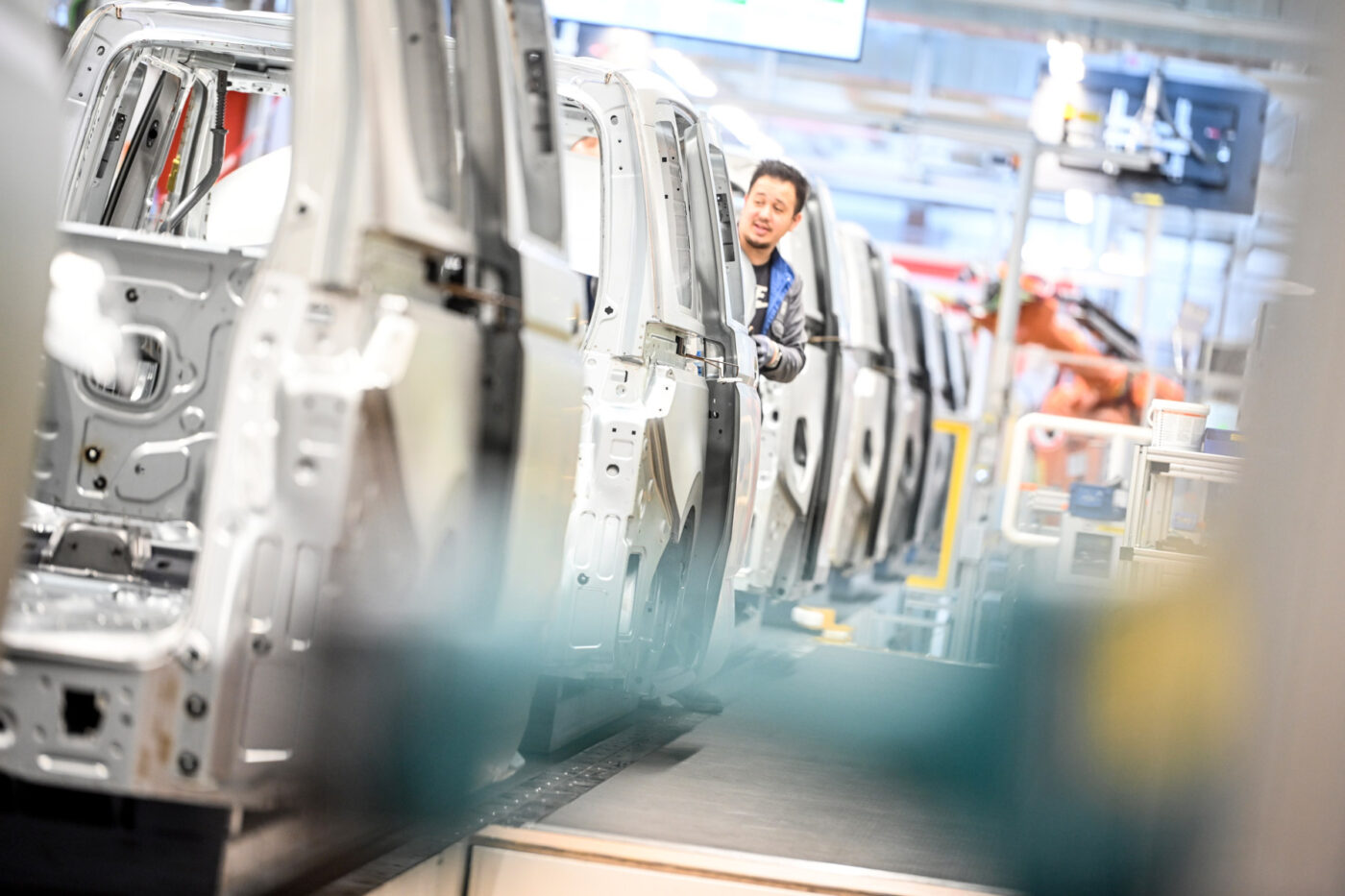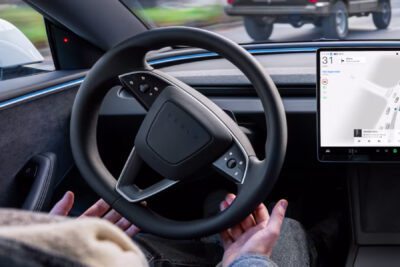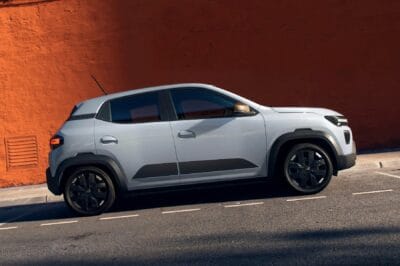VWCV adapts Hanover plant for further ID. buzz variants
It has been anything but quiet at the plant during the three-week production break: VWCV says that around 5,000 employees from the company and external partners have implemented more than 20 major projects and 800 individual measures. At the heart of the changes is the switch to the so-called solitary-production-mode; with the restart of production, the ID. Buzz and the T7 Multivan will each be built on their own line. Until the beginning of July, VWCV produced three models, including the T6.1, on the two lines.
“We have reorganised the cycles in the assembly lines for the new driving style, relocated work areas with robots and other machines, and integrated new and modern technologies into the factory,” says Felix Bockholt, Head of Vehicle Construction at the VWN plant in Hanover-Stöcken. “Now we are ready for the additional derivatives of ID. Buzz and Multivan, which will start up here in the second half of the year.”
The ID. Buzz with a long wheelbase and up to seven seats has been in production since July – in this variant, the wheelbase has been stretched by 25 centimetres to 3.25 metres, meaning that the vehicle measures 4.96 instead of 4.71 metres in length. Like the ID. Buzz with a short wheelbase, the long-wheelbase version uses the 210 kW APP0550 engine. However, the LWB version has an 86 kWh battery for up to 487 kilometres of WLTP range. The short wheelbase version has 79 kWh and a maximum WLTP range of 461 kilometres.
The GTX version with all-wheel drive and a more powerful battery will follow in the coming months. The sporty MEB van is based on the short wheelbase and thus has the 79 kWh battery. With a second electric motor on the front axle, it has an output of 250 kW. In addition, the Hanover plant is exporting the ID. Buzz to a growing number of international markets, including North America. In June, VWCV board member Lars Krause also announced a variant of the ID. Buzz with a smaller 62 kWh battery. The latest press release does not mention when this will go into production.
According to Bockholt, the switch to solitary-production mode, the discontinuation of the T6.1, and the conversion measures had been planned for a year. Around 3,200 employees working in production are currently undergoing the necessary training. “The training programmes have been running for several months and, like the conversion measures, have been planned for a year,” says Bockholt.
vnw-presse.de (in German)





1 Comment